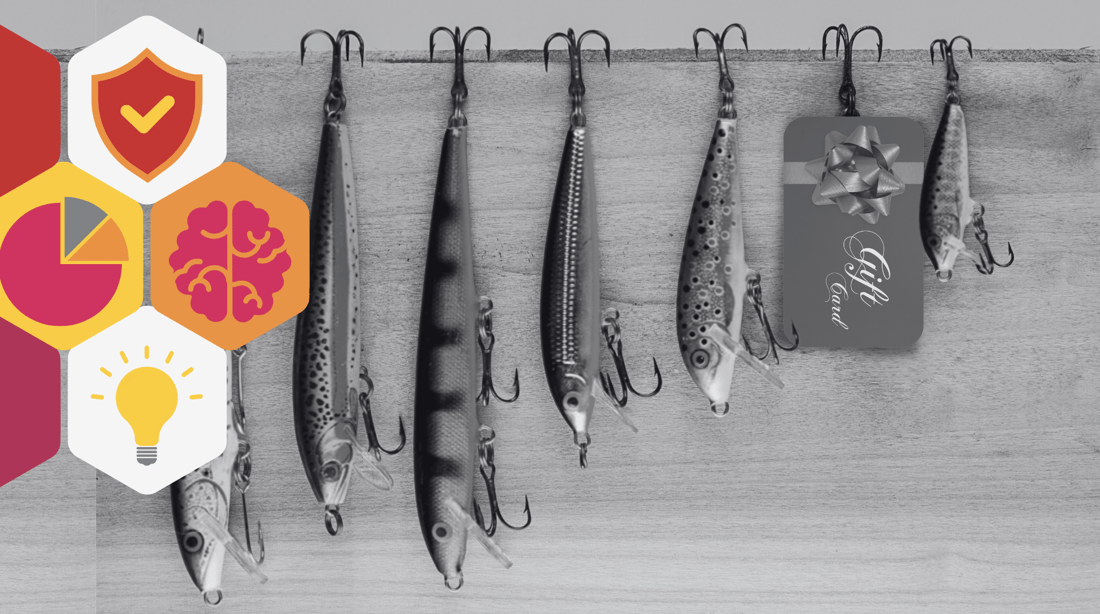Navigating the Murky Waters of Social Media Cyber Threats
From scrolling through endless memes to connecting with friends and family members, social media has become a cornerstone of our digital lives. But...
Gift card phishing, though not a new tactic, continues to pose significant threats in the realm of cybersecurity. In this ongoing campaign, cybercriminals are leveraging the guise of reputable entities like UPS to orchestrate fraudulent schemes, often demanding payment for purported tax duties through gift cards or cash. Despite the enticing promises these emails and phone calls may convey, it's crucial to recognize and report them for what they truly are: fraudulent attempts to deceive and defraud unsuspecting individuals.
Gift cards' ease of exploitation is driving this scam and the resurgence of identity theft. To protect yourself and your business from becoming victims of these dishonest practices, it's important to understand how gift card phishing works AND how you can feel protected.
Phishing attacks for gift cards usually use the appearance and text messages of urgency and authority, using different situations to get people to comply. Individuals can better spot fraud attempts and lower their possible risks by learning the common tricks and strategies used in these schemes.
Cybercriminals often exploit the psychological triggers of urgency and authority to manipulate their victims. For instance, they may impersonate high-level executives within organizations or pose as reputable entities like government agencies or tech support services. By assuming these authoritative roles, attackers instill a sense of urgency, compelling individuals to act hastily without scrutinizing the legitimacy of the request.
These stories include hoaxes about technology problems that need to be fixed right away and made-up situations involving family members, back taxes, or money problems. The goal of cybercriminals is to take advantage of their victims' kindness and charity by using emotional manipulation to get them to buy gift cards as payment. Unlike traditional forms of payment, gift cards offer a convenient means of transferring funds without leaving a financial trail. Once the gift store card code is shared, the transaction becomes irreversible, making it nearly impossible for victims to recover their funds.

Maintaining open communication channels with trusted contacts and verifying the authenticity of any unusual text messages or requests can help individuals avoid falling prey to phishing scams. By adopting a proactive approach to cybersecurity and staying informed about emerging threats, individuals can mitigate the risks associated with gift card phishing attacks and protect themselves from financial loss and data breaches.
Ultimately, education remains the most potent weapon in the fight against cybercrime. By raising awareness and promoting digital literacy, we can collectively bolster our defenses against online scams and create a safer online environment for all.

From scrolling through endless memes to connecting with friends and family members, social media has become a cornerstone of our digital lives. But...
4 min read
.png?width=1100&height=619&name=_Cyber-Saviness%20(4).png)
Clone phishing, to put it simply, is an email's evil twin. It’s an unexpected duplicate of an email that you’ve received, but the twist? You know...
3 min read

The New Frontline in Cybersecurity
4 min read
Subscribe to our newsletters for the latest news and insights.
Stay updated with best practices to enhance your workforce.
Get the latest on strategic risk for Executives and Managers.
